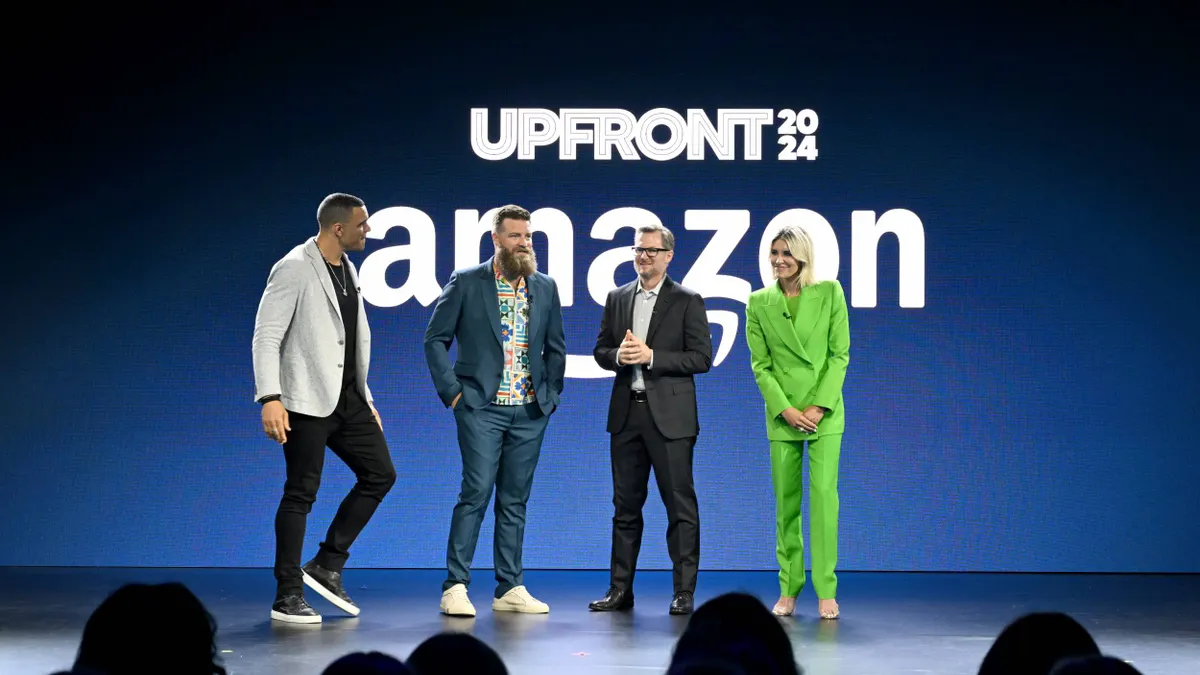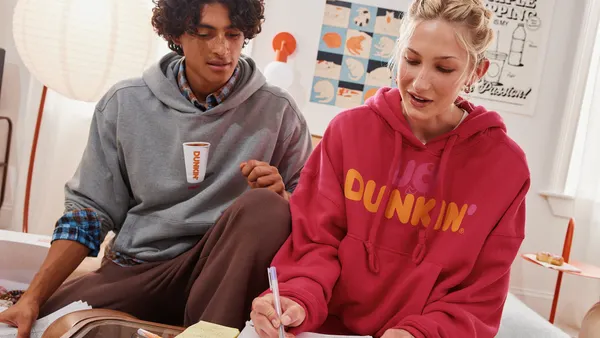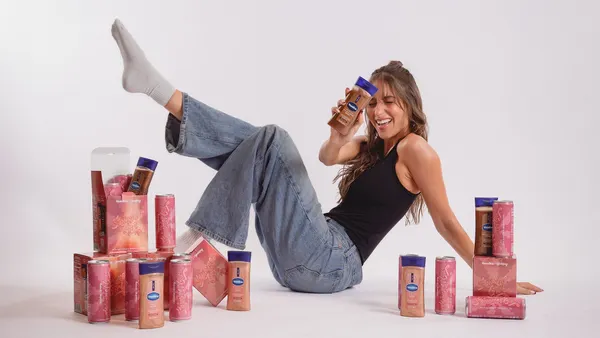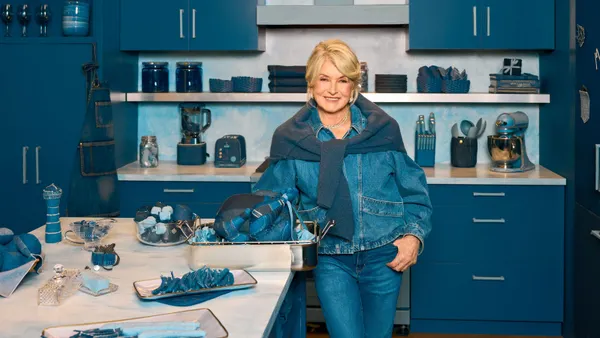Today's shopping experience is ever evolving. Consumers are having groceries delivered to their doorsteps, discovering new products on social media and using voice assistants to make purchases. Because of this, the e-commerce industry has seen steady expansion, and even more so because of the pandemic. According to eMarketer, U.S. e-commerce sales for 2021 are projected to be $933.30 billion. Currently, e-commerce sales account for 11% of the total U.S. market and are predicted to increase to 23.6% of total retail sales by 2025. Categories predicted to see the most growth this year, more than 20% YoY, include food, beverage, health and personal care.
The elevated boost in online shopping is great news for CPG brands and retailers, however this also means consumers have more options than ever before. During the pandemic, consumer boredom set in fueling new product trial as a form of entertainment, not to mention that their favorite brands may have been out of stock. In 2020, 72% of consumers switched brands for fun to try something new. In doing so, 67% stated they were likely to continue to purchase the newly tried brand. Because of this, sampling has taken on greater significance.
Sampling, an icebreaker to initiate interaction, drive trial and build trust is meaningful for heritage brands, and equally important for emerging companies. 75% of consumers say they are more likely to purchase from a brand, even if they aren't familiar with it, if given the opportunity to sample (source: Statista).
With the shift in brand loyalty and surge in online shopping, consumer behavior is expected to maintain as shopping online for groceries and household items is the new normal. For brands to remain competitive and retain market share, getting products safely into consumers' hands is now more important than ever as the path to purchase starts in the home.
As brands look to provide consumers with a brand experience in the comfort of their homes, in-home sampling is increasing in demand. According to Ensemble IQ, in-home sampling methods have seen significant growth year over year.
- E-commerce: 48% (Up from 22%)
- DTC: 36% (up from 32%)
- Subscription Boxes: 30% (up from 28%)
The popularity of in-home sampling provides many measures of campaign success. From brand awareness and product trial to consumer reviews and purchase conversion, marketers recognize the importance of sampling within their omnichannel marketing mix. When asked what tactics are used, 92% of marketers use social media, 83% use sampling and 82% use digital media.
For sampling in particular, it doesn't start and end with the sample. Marketers heavily rely on digital and social media tactics to continue the conversation and accelerate purchase conversion. Traditional media tactics including circulars, television ads and out of home are less likely to be used post-sampling. Leveraging digital and social media provides brands with the opportunity to create convenience for consumers. Whether it's one-click shopping or promotional offers, digital tactics incentivize shoppers to buy now.
This is particularly important for the snack and confectionery categories, which have experienced vulnerability and opportunity during the pandemic. Often impulse purchases, both categories have been impacted by e-commerce. Consumers are snacking more to feel happy or for a sense of normalcy. Snack selection has been driven by nostalgia to evoke joyful memories, indulgence for comfort and functionality for immunity-boosting benefits.
With the increase in snack consumption, four in 10 consumers have replaced meals by snacking according to the International Food Information Council. In fact, salty snacks have been the No. one food item contributing to sales growth at retailers. Despite the pandemic, snacks are a mainstay and seeing higher demand, however confectionery brands face some challenges. While 61% of consumers are purchasing groceries online, only 26% have purchased confectionery online. 46% of shoppers agree that they are more likely to purchase candy in store.
So how can brands connect with shoppers to convert them into loyal customers? Meet consumers where they are. As boredom is a sentiment felt across all age groups, connect through emotion. Your brand ad creative can communicate nostalgia, indulgence or a health-minded message–all relatable to the consumers' mindset. Turn vulnerability into a conversion opportunity. Brands who incorporate digital and add-to-cart technologies into their media mix increase purchase conversion faster than those who do not. Invest heavily while others pull back. With consumer brand loyalty up for grabs, brands who invest in "conquest" media can reach an audience that's shopping online more than ever before.
To learn more about how to meet the needs of customers using Brandshare's solutions, contact us.










